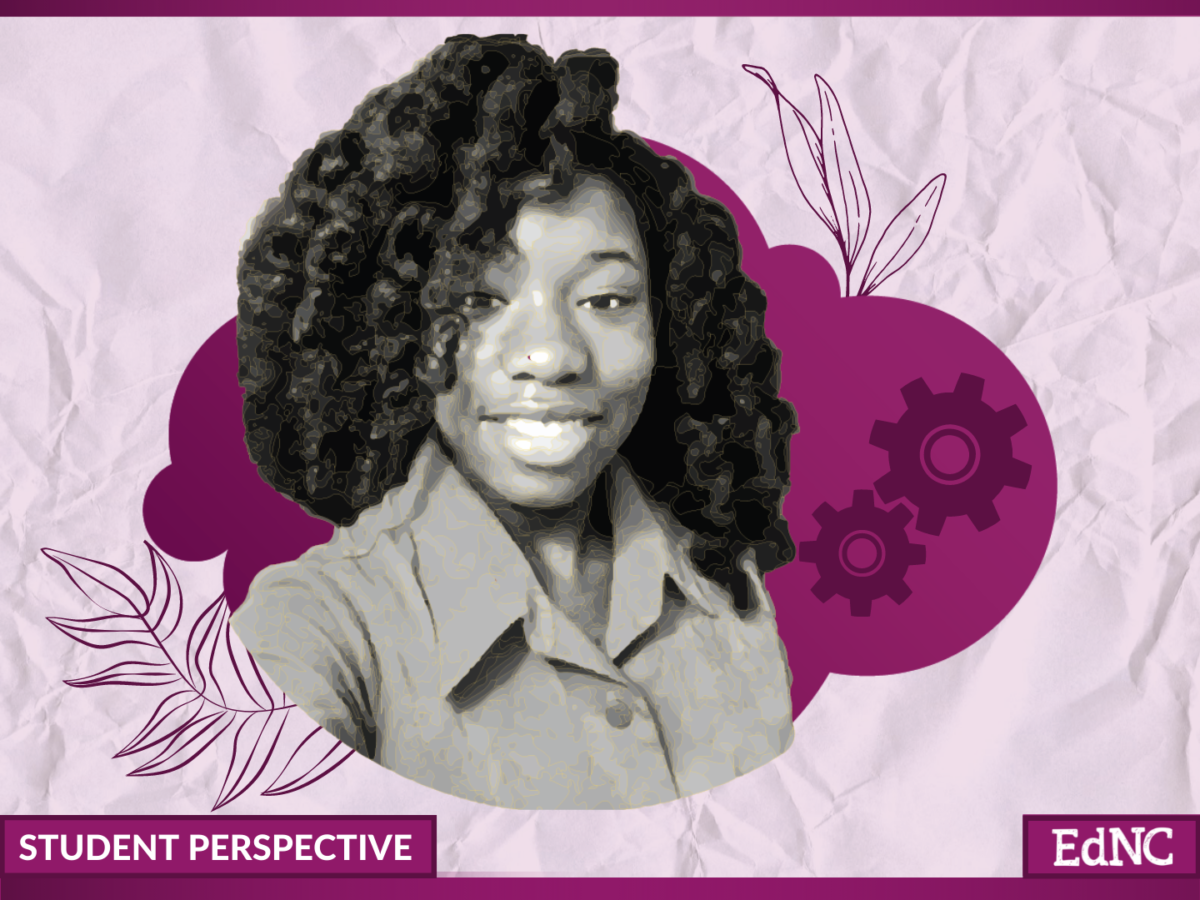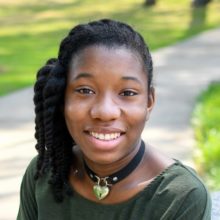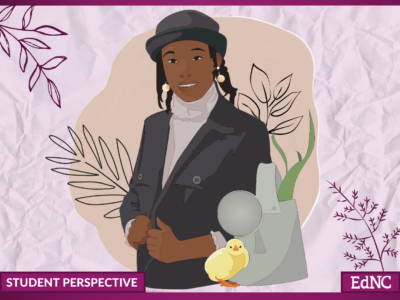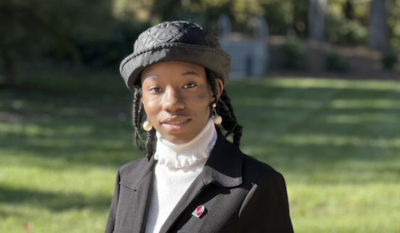

|
|
I am an African American woman from Hoke County and am currently a student at Sandhills Community College (SCC), a majority white institution. While obtaining an associate in digital media production, I began to research cultural proficiency and cultural competence — and how they have related to my life experiences.
Cultural competence is the supportive practice we use to value others in cross-cultural settings. This requires us to stay educated on cultures beyond our own and take steps to actively avoid othering specific individuals.
In our education systems, this means using inclusive curricula, providing equitable access to resources, and allowing space for open discussions.
Dr. Hakeem Leonard, an assistant provost for inclusion, diversity, and equity at Shenandoah University in Virginia wrote about cultural awareness in higher education spaces and the effect that it has on students. He compared cultural awareness to, “Mirrors, Windows, and Sliding Glass Doors,” which I have paraphrased below:
- Mirrors represent the validation students experience from the things they hear, see, and feel.
- Windows represent the opportunities that students have to share their own experiences and relate to others.
- Sliding glass doors represent the demonstrations, teaching methods, and spaces created for students to move freely through the mirrors and windows presented to them.
My mirrors, windows, and doors
My mirrors became the professors that worked with me after class, staff who shared their own racial challenges, and African Americans working in education that gave me hope for my own career — all of whom made an effort to validate me and my opportunity for success. I am a firm believer that the enemy of unity is simply isolated thinking. We all think differently, but connecting the similarities and differences between me and my peers’ thoughts, opinions, and experiences allows me to relate to them more as human beings rather than being divided by social constructs.
My windows were being able to share my experience with DEI (diversity, equity, and inclusion) committee members, speak at student government meetings, and use other platforms that took the time to hear my story and share feedback on my thoughts and opinions.
Lastly, one of many sliding glass doors was the Effective Communication Association, a campus club that allowed me and others to host SCC’s first annual Black History Virtual Festival. This festival event allowed students and faculty to share their experiences and obtain their own validation in the sharing of others.
According to a report by Developing a Representative and Inclusive Vision for Education (DRIVE), a task force established by Gov. Roy Cooper, “The 2018-19 school year indicates that 53 percent of students are nonwhite, compared to only 22 percent of educators.” Even beyond primary and secondary schooling, faculty play a critical role in education and how students learn and grow. Although the opportunity for education has become more accessible to students, educators of color are still underrepresented.
As a student still identifying and creating my culture, it’s important to me to connect with role models that validate the similarities and differences in our cultures. It’s encouraging to know faculty that are willing to engage with me and give me the space to share my experiences and ever-evolving culture with them.
With all the struggles that come with striving towards and completing a degree, I am grateful to have had the opportunity to engage in workshops and speak with people of color who have made it into the fields I am pursuing. It’s very reassuring to know that my education does not have to be defined by the color of my skin.
Cultural proficiency in the classroom
After researching the topic, I have realized that a healthy culturally proficient environment needs three truths to function properly: inclusion to prevent othering, representation without tokenism, and — most importantly — consistent application.
Othering starts with an “us vs. them” way of thinking. Before starting at SCC, I had developed a very narrow concept of how I would be treated at a majority white institution. From my small community bubble, my base expectation was to be treated unfairly. This mindset left my window of trust limited and impacted my academic success.
However, I had white professors that reached out to me, engaged with me, and cared about my success as an individual, which shifted my perception from othering to inclusion. I began to see people, good or bad, for what they were rather than making their skin color or culture a barrier.
Finally, I strive to practice cultural proficiency consistently. It would be unwise of me to dismiss the racism that is still prevalent around me. I cannot simply deny the truth of racial inequity or renounce my experiences with racial ignorance. However, I can still value others and learn to understand and accept others. While still learning myself, I strive to educate others on the personal experiences I have gained for myself, my education, and my culture.
Being exposed to diverse spaces is always an opportunity to grow. I want to highlight that misconceptions and implicit bias will always be a two-way street. Whether these biases are born through experience or fear of the unknown, taking the time to reconsider how I value others has been critical to my success.





